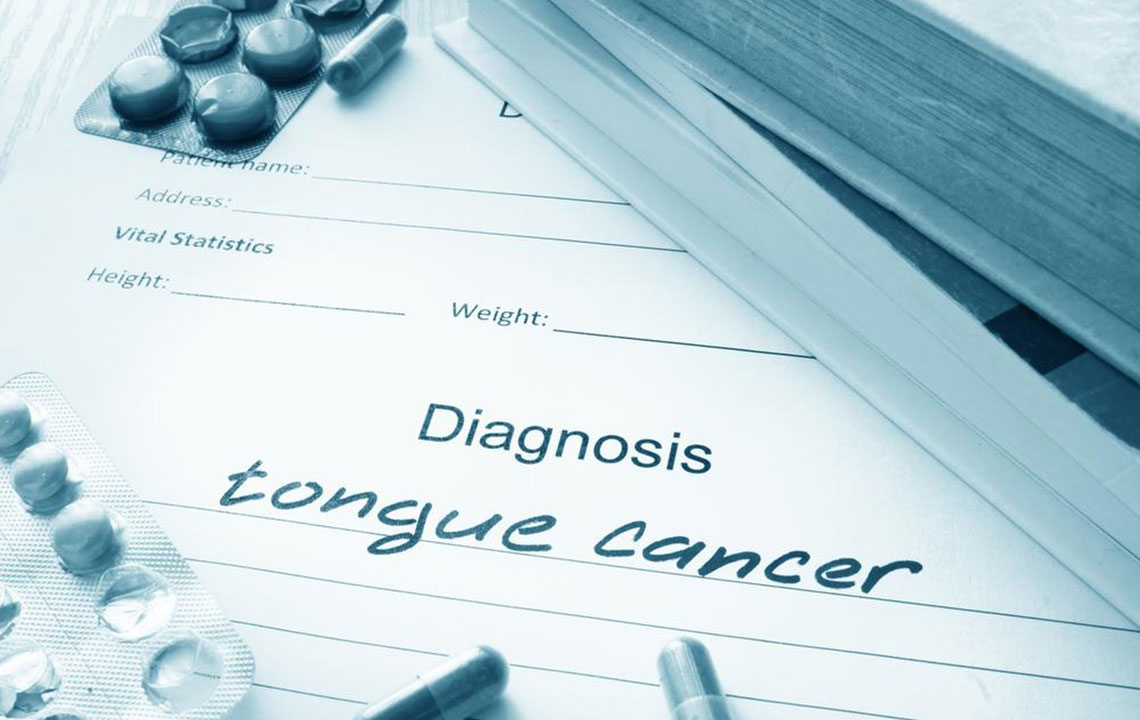Comprehensive Guide to Identifying Early Signs of Stomach Infections and Effective Management Strategies
This comprehensive guide explores the early symptoms of stomach infections, including diarrhea, cramps, fever, and vomiting. It emphasizes the importance of early detection and provides practical tips for managing symptoms, such as hydration, diet modification, and rest. Recognizing these signs promptly can lead to faster recovery and prevent complications. The article also discusses treatment strategies, highlighting the significance of avoiding irritating foods and following a gentle diet during illness. Understanding these indicators empowers individuals to seek timely medical care and promotes better gastrointestinal health.

Understanding Early Symptoms and Treatment of Stomach Infections
Our digestive system, scientifically referred to as the gastrointestinal (GI) tract, is fundamental to maintaining overall health. It facilitates the digestion of food, absorption of vital nutrients, elimination of waste, and secretion of digestive enzymes essential for breaking down food. When this delicate system becomes infected—whether by viruses, bacteria, or parasites—their normal functions are disrupted, often leading to discomfort and serious health problems. Recognizing the early signs of stomach infections is crucial for prompt medical intervention, which can significantly improve recovery rates and prevent complications.
Common Symptoms Indicating a Stomach Infection
Frequent and Sudden Diarrhea
One of the hallmark indicators of a gastrointestinal infection, particularly bacterial types, is the sudden onset of diarrhea. This symptom often appears within hours to days of exposure to contaminated food, water, or contact with infected individuals. Typically, diarrhea lasts for a couple of days but can sometimes persist longer if untreated. During this phase, healthcare professionals recommend avoiding solid foods to reduce irritation and dehydration risk. Instead, electrolyte solutions, clear broths, and hydration fluids should be prioritized to maintain fluid balance.
Constipation as a Symptom
While diarrhea is commonly associated with stomach infections, some cases can lead to constipation. This occurs due to inflammation and swelling of stomach muscles, which hampers normal intestinal motility. Often, constipation is observed after diarrhea episodes or as a part of a mixed presentation. Recognizing this symptom is important for differentiating infection-related issues from other gastrointestinal problems.
Abdominal Discomfort and Cramps
Inflammation of the intestines caused by infectious agents can lead to noticeable abdominal pain and cramping. These symptoms indicate irritation and swelling within the gastrointestinal tract, which can fluctuate in intensity. Patients experiencing persistent cramps should consult a healthcare provider to evaluate the need for specific treatments or diagnostic testing.
Low-Grade Fever and Its Significance
Viral stomach infections often trigger low to moderate fevers, generally not exceeding 102°F (38.9°C). This fever is part of the body's immune response to combat invading pathogens. The fever typically subsides within a few days as the immune system begins to control the infection. Monitoring body temperature during illness provides valuable clues for distinguishing between viral and bacterial causes and guiding treatment options.
Muscle Aches and Physical Fatigue
Muscle soreness and general fatigue often accompany gastrointestinal infections due to systemic immune activation, fever, and dehydration. These symptoms contribute to overall discomfort and can prolong recovery, emphasizing the importance of adequate rest and supportive care.
Vomiting as a Common Symptom
Vomiting frequently occurs in viral and bacterial stomach infections. It is usually temporary, lasting a few days, and can lead to dehydration if not managed properly. During vomiting episodes, eating solids is discouraged initially to prevent further irritation and to allow the stomach to recover. Gradually, light and bland foods are reintroduced as symptoms improve, and hydration is maintained with fluids like oral rehydration solutions or clear liquids.
Bloating and Gas Formation
Infection-related inflammation and disruption of normal gut motility can cause excess gas production, leading to bloating and discomfort. These symptoms may also be associated with nausea, cramps, or diarrhea, and can sometimes indicate early signs of more severe intestinal issues, including an impending blockage. Prompt medical consultation is advised if these symptoms are persistent or severe.
Changes in Stool Color and Appearance
Dark, tarry, or blood-stained stools are critical warning signs of gastrointestinal bleeding, which can stem from ulcers or severe infections. Immediate medical attention is necessary if such changes are observed, as prompt diagnosis and treatment are vital to prevent further complications.
Heartburn and Acid Reflux Symptoms
Infection-induced inflammation can also trigger heartburn or acid reflux, characterized by a burning sensation in the chest or throat. Usually, these symptoms are temporary and resolve as the underlying infection subsides.
Persistent Fatigue and Malaise
Ongoing gastrointestinal symptoms, especially diarrhea, fever, and vomiting, can lead to prolonged tiredness and weakness. Complete recovery may take several days to weeks, depending on the severity of the infection and the individual's immune response. Rest and supportive care are essential during this period.
Appropriate Treatment Strategies for GI Infections
Temporarily Reduce Solid Food Intake
During the acute phase of infection, heavy or solid foods can irritate the inflamed gastrointestinal lining. Stick to clear liquids, electrolyte drinks, and easily digestible foods like broth, herbal teas, and plain rice until symptoms improve. As recovery progresses, solid foods can be gradually reintroduced into the diet.
Ensure Adequate Hydration
Water and electrolyte replenishment are critical to offset dehydration caused by diarrhea, vomiting, and fever. Sipping small quantities frequently or sucking on ice chips can help maintain hydration levels. Avoid caffeine or sugary drinks, which may worsen dehydration.
Prioritize Rest and Recovery
Adequate rest supports immune function and speeds up recovery from infections. Resting helps the body rebuild energy and reduces the strain on vital organs during illness.
Avoid Spicy, Fried, and Processed Foods
Such foods can aggravate inflammation, cause cramps, and increase discomfort during gastrointestinal infections. It is advisable to skip these until complete recovery and gastrointestinal stability are restored.
Opt for Hydrating and Gentle Liquids
Include broths, herbal teas, coconut water, and freshly squeezed fruit juices without added sugars. These fluids support hydration without exacerbating gastrointestinal irritation.
Follow the BRAT Diet During Recovery
The BRAT diet, consisting of Bananas, Rice, Applesauce, and Toast, provides gentle nutrition during recovery. These foods are easy to digest and help soothe the gastrointestinal tract. As symptoms subside, gradually incorporate other light foods like plain oats, crackers, and boiled potatoes.





